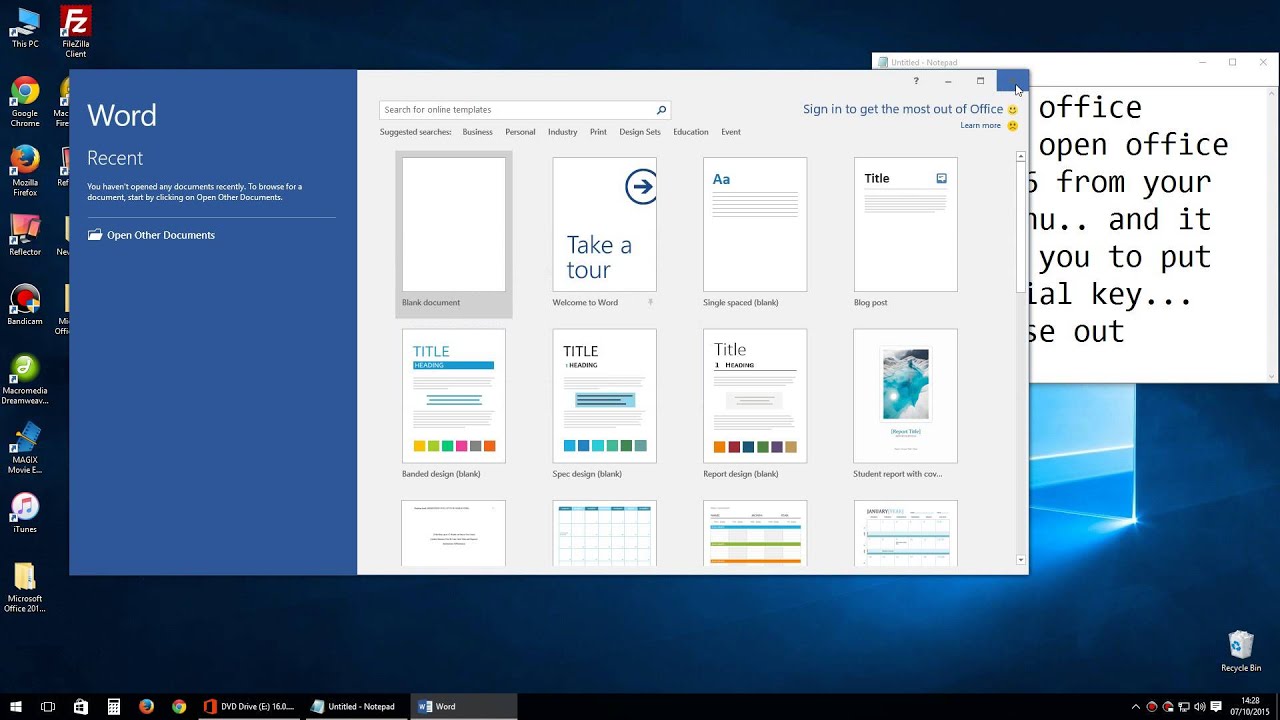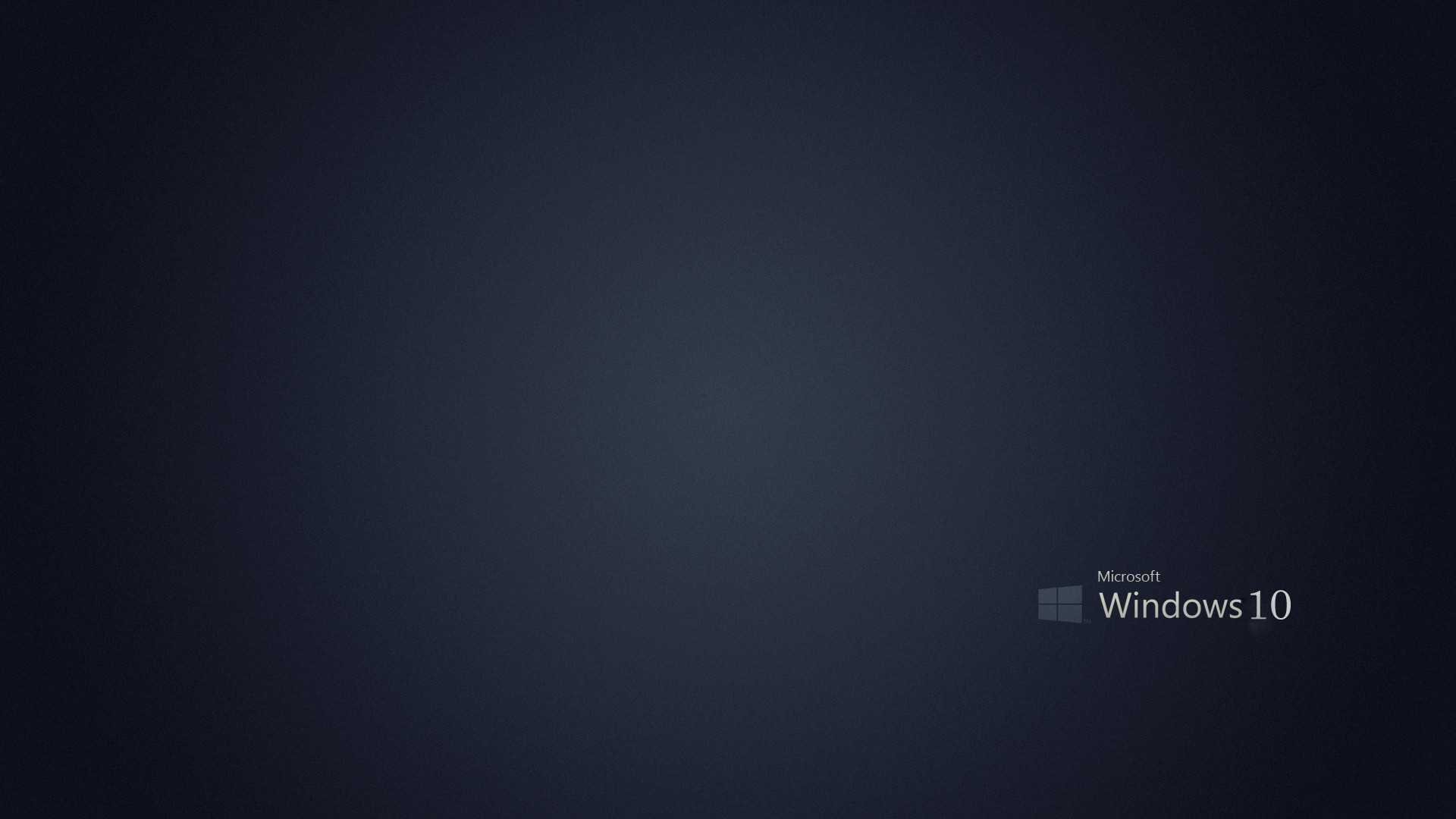If you want to use the default VM configuration for a Windows 10 VM, you can use Easy Install, which requires minimum user interaction, and automatically installs a guest OS. If you want full control over the installation process and to be able to configure everything manually, don't use Easy Install. VMware Fusion is a powerful virtualization application that provides you with a lot of configurable features. Installing Windows on another partition of your MacBook Air's hard drive will let Windows perform at full strength with full access to your laptop's hardware. Apple's Boot Camp utility simplifies the process so anyone with a Windows installation disk can dual-boot both Windows and OS X on a MacBook Air. Even when these new virtual machine tools are ready, it seems like they will only run ARM operating systems.
It sounds like Parallels isn't working on running Intel versions of Windows on Apple Silicon. If you want to run complex software such as the Windows version of Excel or any high-end game, then you need to set up a virtual Windows system, sometimes known as a virtual machine . You can run this virtual system entirely inside a macOS app.
The VM behaves as if it's running on real hardware with a real hard drive; it just runs a bit slower than a Windows system running on physical hardware. The reason for the slower performance is that this method requires you to run an entire Windows system in the background in addition to the app you want to use. Now you can go back to the VMware Fusion window and the new VM installation wizard. By default, VMware Fusion suggests using Easy Install to create a VM and install a guest operating system.
Easy Install requires minimum user interaction during the installation process, but in this case, a user has the lowest level of control. You can enter some settings such as a user name, password, the Windows product key, select the needed language. Then the entire process of VM creation and guest operating system installation is completed automatically by VMware Fusion. For me it only took a few minutes, maybe close some applications to free up disk space and pause any other file transfers that are occurring?
Also, M1 Mac do not have any support for a windows operating system outside of virtualization currently, so you won't be able to install it if that is what you're planning. This is less a fault of Apple's and more a problem with Microsoft not licensing their Arm version of Windows 10 to consumers, and this also makes bootcamp unusable on Apple Silicon as well. Regardless of whether you choose Parallels or VMWare, set aside about 20 minutes to install Windows and 30GB or more of disk space on your system. If you have an Intel-based Mac, your best choices for installing a virtual Windows machine are Parallels Desktop ($79.99 for Standard Edition) and VMware Fusion ($199 for VMware Fusion 12 Pro). On an Apple Silicon-based Mac , Parallels Desktop is your top option.
Parallels is more approachable for beginners and faster. VMware Fusion is friendly enough for any experienced Windows or Mac user, but it's more suitable for corporate use. Click the Play button to start a virtual machine. What about Boot Camp, Apple's long-standing option for running a Windows system on a separate partition on an Intel-based Mac? Boot Camp still exists, but Apple has effectively stopped supporting it. And Boot Camp has a major inconvenience; you have to shut down your macOS system and restart it every time you want to run Windows.
There's no integration between macOS and your Windows partition, either. Boot Camp won't let you run a Mac app and a Windows app at the same time or transfer files between systems quickly, for example. If you have an Apple Silicon Mac, don't even think about Boot Camp. VMware Fusion (now in version 12 - read our VMware Fusion 12 review) is a little more complicated, as it displays a window with a lot of settings that might seem a bit daunting to first time users. If you wish to run both macOS and Windows on a single Mac computer, UITS recommends using Apple's Boot Camp utility to install Windows 10 on your Intel-based Mac.
In my case, I have a separate disk partition to store installation files and virtual machines on Mac. You can create a separate partition or create custom folders in your home user folder to store installation files and virtual machines. The existing versions of Parallels Desktop and VMware Fusion don't run properly on MacBooks with Apple Silicon.
These applications depend on hardware virtualization features on current Intel Macs. Both Parallels and VMware promise that future versions will. VMware isn't ready to commit to a timeline on supporting these new Macs yet. These tools must be modified to support Apple's new chips.
To use the BootCamp Assistant for prepping your Mac to install Windows, you'll need at least 50GB free on your hard drive and also check the "Install or remove Windows 7 or later version" option. The Assistant will give you a slider allowing you to choose how much space you want to allocate to Windows. It'll then shrink your OS X partition accordingly and create a new partition ready for the Windows installation. Both Parallels and VMware Fusion let you create a virtual system by cloning an existing desktop system across a network, but it's a lot simpler to install a fresh copy of Windows.
Users of Intel-based Macs can download the standard Windows ISO file from Microsoft and rely on Parallels or Fusion to install Windows correctly from there. M1 Mac users must register for the Windows Insider Preview program and download the ARM version of Windows 10. Only Parallels supports the ARM version, but it has no trouble configuring your Windows VM with that version on an Apple Silicon Mac. Parallels recently announced support for Windows 11 on M1 Macs, but again, for the ARM version only. This is where the other option, known as virtualisation, can come in handy.
For more options see best virtual machine software for Mac. I am going to install Windows 10 on a Mac computer, so I can't choose an upgrade because I haven't installed an OS to upgrade it. When you Choose Upgrade, all the files, settings, and application are moved to the next Windows with these options. If you select "Custome" all the data, settings, and applications aren't moved to the next Windows.
All the Windows settings will be removed, and you have to do all the stuff by yourself. Once you've created the installer and partitioned your hard drive, you can restart your Mac and boot using the USB drive you just created. The Boot Camp Assistant should do this for you automatically, but you can also select the USB drive from the boot menu by holding down the Option key as your Mac boots. When you start up Boot Camp Assistant (found in /Applications/Utilities/), you'll be given the option to create a bootable install disk using a USB drive and download the latest Boot Camp drivers.
To do either you will need a USB drive plugged in . If you choose both options, the Assistant will automatically copy the drivers to the install disk. If you're planning on just downloading the drivers, you may wish to just download them directly from the Apple support website . There are a number of advantages to going down the virtualization route. You don't need to partition your hard drive and potentially waste space - your Windows installation will only take up as much space as it needs.
Installation is a lot faster and more straightforward, and you don't need to worry about downloading and installing drivers. After the download finishes, the assistant will prompt you to create a Windows partition on your hard drive. This action segments your drive to devote free space only for Windows, without interfering with or erasing your existing macOS installation. You can create an unlimited number of virtual machines from a single VMware Fusion license.
You will need to provide the required operating system software and license for each installation of a virtual machine. One of the most notable additions in this version of Windows is in the area of multitasking. Like in macOS with Spaces, users can create multiple virtual desktops for different sets of apps. In addition, a new Snap Assist feature appears when the mouse pointer hovers over the maximize button, and offers up several window layouts that app windows can snap to. These layouts are remembered by Windows and appear as Snap Groups in the taskbar.
With this release, Windows is back on the Mac, but with a big caveat. The software requires that you use a version of Windows designed to run on ARM processors, called Windows 10 for ARM64. During this part of the installation, your Mac will restart a few times, ultimately landing you at a screen that will ask you which partition you want to install Windows 10 on.
Select the partition labeled "Boot Camp," format it for NFTS, and continue with the installation. You'll go through the setup wizard where Windows will ask you for the product key and you'll be on your way. Boot Camp doesn't allow you to easily transfer content between OS X and Windows partitions like virtual machines do, and you can't run the two operating systems simultaneously. But it does give Windows full access to the processing power of your Mac. It's also completely free , and a shared Dropbox / Google Drive / OneDrive folder can make data transfers a bit easier. It's also possible to connect an existing Windows PC to your Mac and create a VM on the Mac that is an exact copy of the PC, complete with Windows and all the Windows apps that you need.
Once Boot Camp Assistant creates the partition, it asks for your administrator password. Your Mac then restarts and loads the Windows ISO. Follow the steps in the ISO's installer, entering your product key and choosing the correct version of Windows to install. Although there are other virtual machines are available, Parallels is by far the easiest way to install Windows 10 on Mac. Parallels has been around for many years and the installation process in the latest version of Parallels is now so automated and refined then it even downloads and install Windows 10 for you.
You don't even need to purchase it to try it – you can download a free trial of Parallels instead. Now we have one 60 GB partition on our virtual disk to install Windows 10. Later you can create new virtual disks for a VM in VMware Fusion, create partitions, and format them in a guest operating system after finishing Windows 10 installation.
Select the partition where Windows 10 must be installed, and hit Next. Wait until the installer copies all the needed files and installs Windows. Windows 10 N and KN editions are provided without media technologies.
You can download and install these multimedia components from the Microsoft website manually after installing Windows 10 on your computer or virtual machine. 750 MB of free disk space to install VMware Fusion and additional disk space to store virtual machine files. Your computer will restart for several times and don't worry about it. After restarting your computer for several times, you will see the screenshot below.
Here you will be asked to enter the Windows 10 product key. If you have purchased this operating system to enter the product key. This process is going to take some minutes, and your computer will restart during installation for several times. When all the features installed, choose your USB flash drive off from the computer. Boot Camp is also referred to as dual-booting that makes you run macOS and Windows on a single hard drive side by side.
This method offers better performance as compared to virtual machines as Windows can leverage all the resources of the system. This is also definitely not the solution if you're wanting to do anything particularly graphics intensive. The original boot camp having issue whereby always saying error formatting disk and I can't continue to next step. But ended up with no boot disk after I pressed option key during start up on my iMac late 2013.
After the evaluation period has expired, you will be prompted to enter a license key. After purchasing the product, you will be provided a license key. Enter the purchased license key when prompted to unlock the full "unlimited" version of the software. To take advantage of complimentary email support for up to 18 months, your license key must be registered. If you purchased the product from the VMware Online store, your license key is automatically registered.
If you purchased from a reseller, you need to manually register your license key in MyVMware. Please consult thisKB article[JC for detailed instructions on license key registration. When new Apple Silicon launches with higher performance per core, and more GPU cores, then gaming performance will no doubt improve on both native macOS and virtual machines. Next, download and install Parallels Desktop if you don't already have it. At the end of the installation, the program tells you that you need an installation image with an ARM-based operating system.
Click the link for "How to download Windows 10 on ARM Insider Preview" for documentation and a video that explain the process. At the Create New screen, click the button for "Install Windows or another OS from a DVD or image file." Click Continue . Make sure you have at least 64GB of free space on your hard drive for the Windows installation.
During the installation process, you can set the Windows partition to whatever size you want, as long as the drive has enough storage. Right now, the easiest, cheapest, and fastest way to get Windows 10 on your Mac is Boot Camp, and that's what we're using for this tutorial. The first thing you should do is check the system requirements to make sure your Mac can actually run Windows 10. Your Mac needs at least 2GB of RAM and at least 30GB of free hard drive space to properly run Boot Camp. You'll also need at least a 16GB flash drive so Boot Camp can create a bootable drive to install Windows 10. There are two easy ways to install Windows on a Mac.
Apps won't run as quickly or as smoothly as they do with commercial solutions, and you still need to purchase a Windows license to use with VirtualBox. The Boot Camp Assistant can split your Mac's hard drive into two sections, called 'partitions'. It leaves macOS on one partition, then installs Windows on the second partition.
You simply choose which operating system you want to run by pressing the Alt/Option key on your keyboard when you boot your Mac. JohnIL February 12, 2021 I prefer to run Windows natively, I use Windows 10 a lot on my Mac's. Apple moving to a custom ARM chip for Mac's means that Boot Camp is no more. Parallels is working on a M1 Mac based preview but even that application will only run ARM based operating systems.




























No comments:
Post a Comment
Note: Only a member of this blog may post a comment.